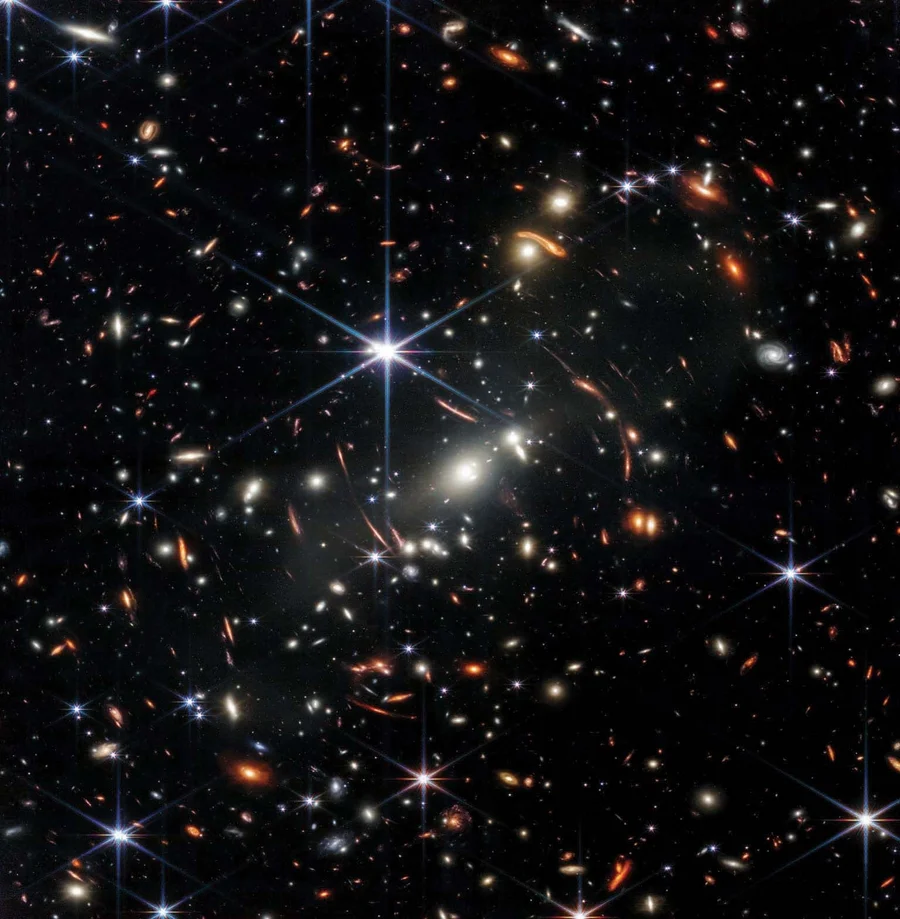News
James Webb Space Telescope Images Challenge Theories of How Universe Evolved
Hefty young galaxies defy the reigning model of cosmology, called "dark energy + cold dark matter" or ΛCDM.

National Geographic
The most ancient galaxies in the universe are coming into view
The James Webb Space Telescope is discovering distant clusters of stars that formed surprisingly early—presenting new mysteries about how the universe evolved.

Cosmic Dawn III Recreates the Early Universe Epoch of Reionization in Unprecedented Detail
Scientists create the most detailed and accurate simulation ever produced of the first billion years of the universe.

Theoretical Astroparticle and Cosmology Symposium Held
The inaugural TACOS event was organized by The University of Texas at Austin's Kimberly Boddy & held at Southern Methodist University.

Scientific American
JWST’s First Glimpses of Early Galaxies Could Break Cosmology
Michael Boylan-Kolchin says, “Even if you took everything that was available to form stars and snapped your fingers instantaneously, you still wouldn't be able to...

Science
Webb telescope reveals unpredicted bounty of bright galaxies in early universe
Michael Boylan-Kolchin of UT Austin describes surprising galaxies detected with the James Webb Space Telescope.

A Physicist’s Search for Beauty
Steven Weinberg aimed to distill the rules of physics down to their simplest, most beautiful essence.

The Texas Scientist
Supernovae in the Sky
Gravitational wave astronomy started with a bang back in 2015, and 90 such events have swelled into a cosmic chorus since then.

Remembering Steven Weinberg
Steven Weinberg was best known for his Nobel-prize winning work that unified two fundamental forces of nature — electromagnetism and the weak force.

Cosmic Rumbles: New Faculty Probe Universe for Gravitational Waves
A couple who joined the Department of Physics in 2020, Pablo Laguna and Deirdre Shoemaker, study violent events in the universe, like when cosmic heavyweights collide.

